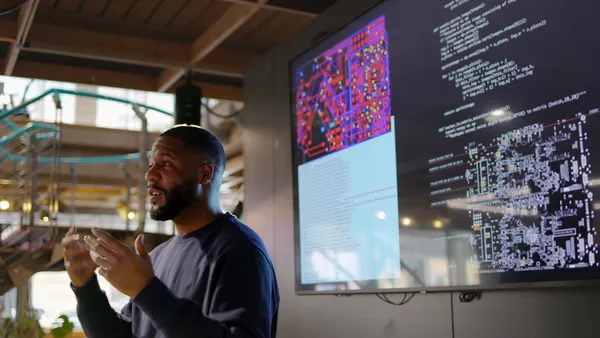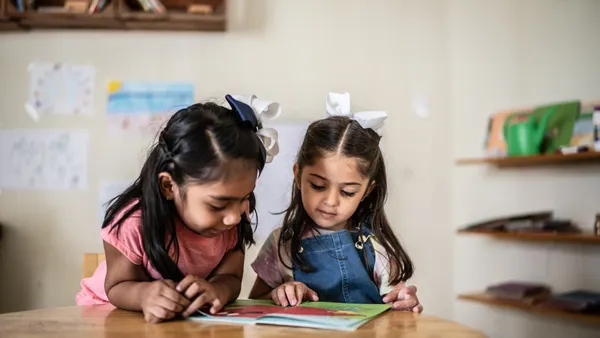Dive Brief:
- Examining data from the National Assessment of Educational Progress Mathematics Report Card, the Education Commission of the States found a wide gap between children who have opportunities to play musical instruments outside of school and those who do not.
- Children who are eligible for free or subsidized lunch are less likely than students from more economically advantaged homes to play music outside of school — and this gap follows gender lines, too, with girls more likely than boys to play instruments as well.
- As students get older, they’re more likely to drop music classes outside of school, with 41% of 4th graders likely to play — compared to just 34% of 8th graders. The cost of instruments, and whether students have access to music lessons in school, may also factor into these numbers, according to the report in the commission's Ed Note blog.
Dive Insight:
The tie between math and music is well studied. Music theory taps into math and patterns, and that can make the discipline help students better understand various mathematical principles.
That’s also the finding of a 2013 study published in "Journal for Learning through the Arts," which for five weeks wove music lessons, including music composition, into elementary school math lessons. The study found students scored better on math assessment tests after the music tie-in. Researchers at Texas A&M University and the University of Texas at El Paso, who conducted the study, didn’t say that music was the only avenue to follow to increase math skills, but that it had merit.
“Music composition and instruments playing activities in mathematics instruction enables students to enjoy mathematics and make sense of important mathematical concepts,” they wrote.
Students who play musical instruments also may gain benefits as they move forward in their math education. For administrators, though, finding ways to squeeze music education — or instruction — into the curriculum can be difficult. School and district budgets are often not very yielding to music programs, with many educators who champion these options turning to outside funding streams and donations to support them.
At the Montezuma-Cortez Middle School in Cortez, Colorado, for example, students pay $40 a year to participate in the band. But even if they can’t pay that fee, every student can take part thanks to a robust donation program run by teacher and band director Andrew Campo, who has been able to get saxophones, flutes and trumpets among other instruments given to the school for free.
For curriculum designers looking to strengthen mathematical skills in students, finding opportunities for music education could have benefits beyond just an appreciation for the performing arts.






 Dive Awards
Dive Awards






